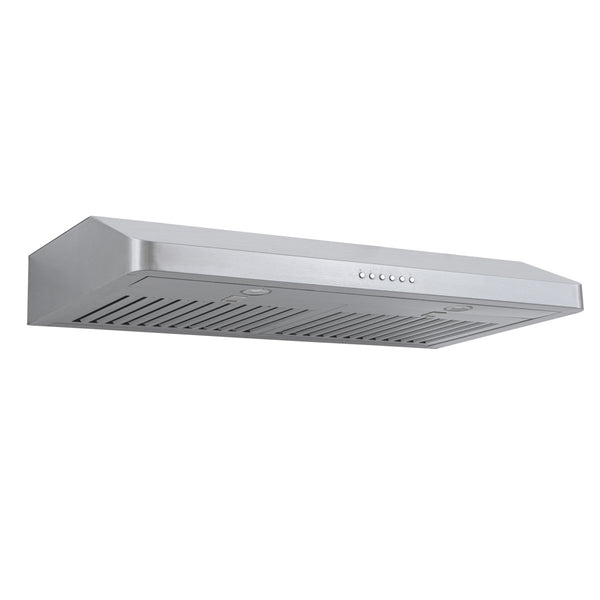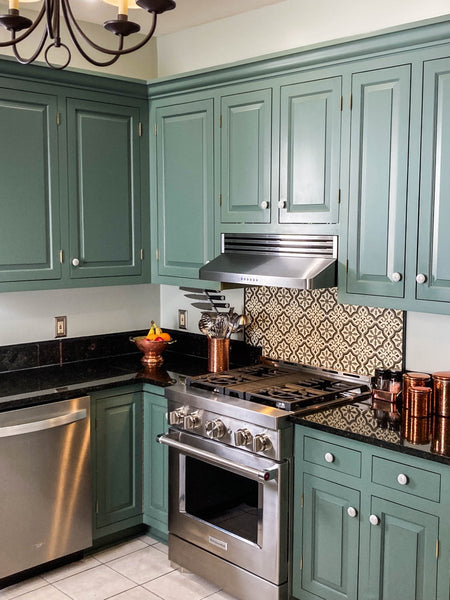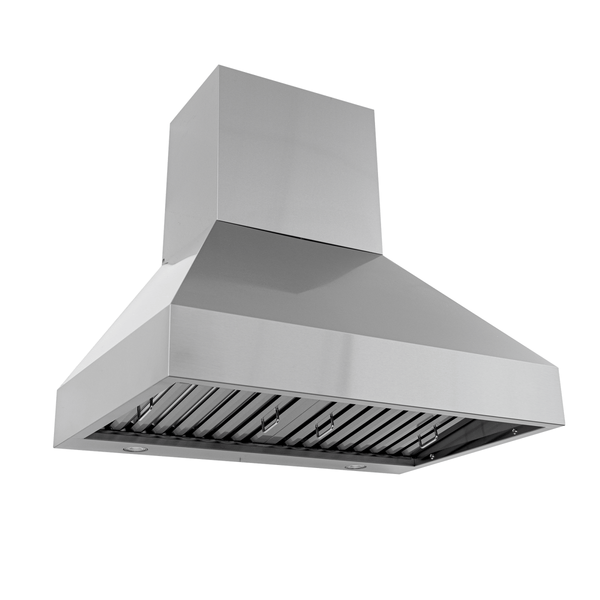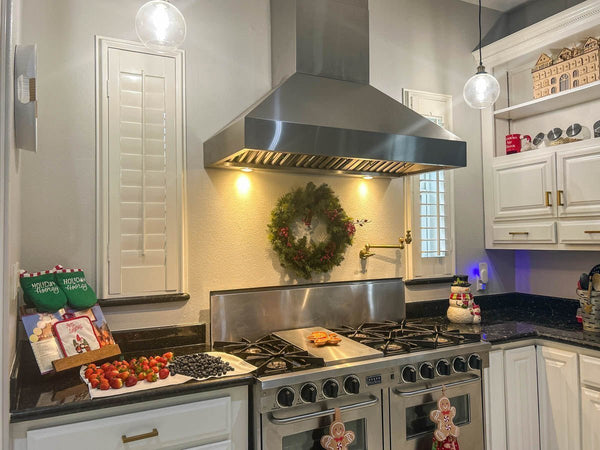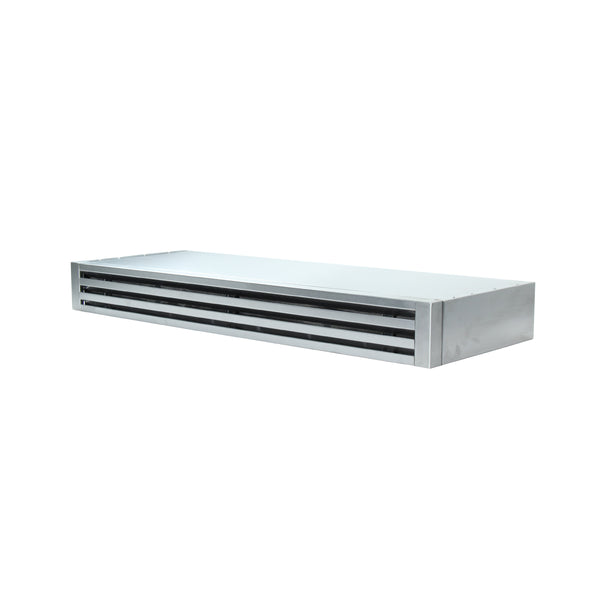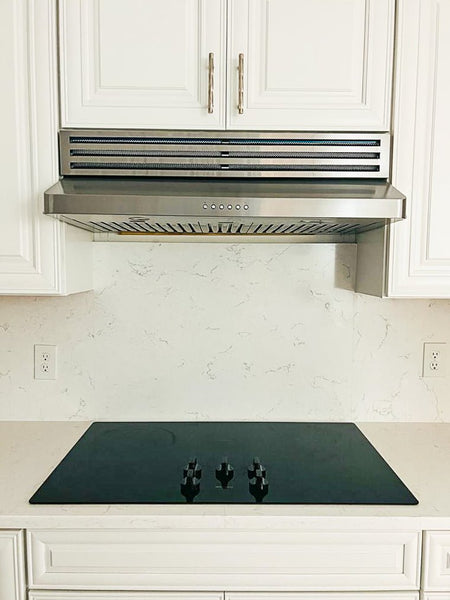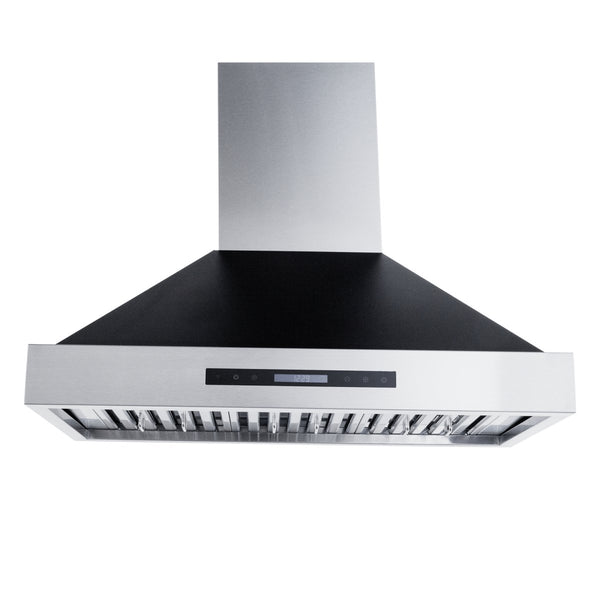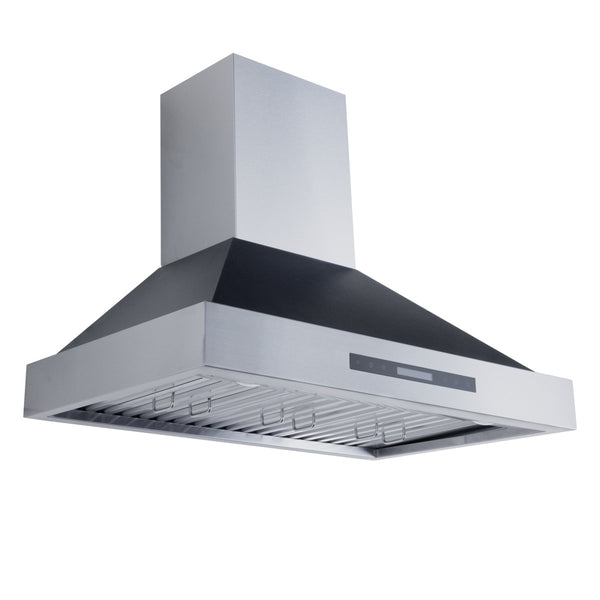Do you want to stir-fry on your induction stove? It’s not nearly as popular as an electric or gas stove. But that doesn’t mean it’s not possible.
In fact, induction cooktops (see also 'Do Induction Cooktops Scratch Easily?') heat up much faster than gas stoves, making them a great appliance to pair with your wok.
So, can you use a wok on an induction stove?
Yes, the wok must be made of ferromagnetic material such as stainless steel, carbon steel, or cast iron. Aluminum or copper woks won’t work on induction cooktops. Use a flat bottomed wok on an induction stove rather than a round bottomed wok.
A round bottom wok is not ideal on an induction stove because it requires a wok ring. On an induction stove, using a wok ring means your wok is a couple of inches from the heating element. So it will take a long time to heat up. The wok also won’t respond to changes in temperature as efficiently as a flat bottomed wok.
Carbon steel is more durable than stainless steel, but also more prone to rust. Carbon steel is much lighter and conducts heat faster than cast iron. Cast iron is a lot heavier but it keeps heat better than a carbon steel wok.
If you’re an avid cook and you can’t live without your wok, an induction stove works as well as a gas stove, if not better. It heats up much quicker than a gas stove and can reach temperatures of 600+º. This means you don’t need to crank your induction stove to the max, even when frying.
Unlike a gas or electric cooktop, the cooktop itself won’t get hot. This can be deceiving and you may think it’s OK to touch the pan. But make sure that you don’t touch the pan. You will burn yourself.
When looking for a wok, see if you can find “induction compatible” or “usable on induction cooktops” in the description. Just to make sure that you buy a wok that works with your stove.
If you don’t have an induction stove, check out the articles below. Otherwise, keep reading!
Can I use a wok on a glass top stove?
Can I use a wok on an electric stove?

Does cast iron work on an induction cooktop?
Yes, cast iron pans are ferromagnetic, so they will work on an induction cooktop. If you’re in doubt, hold a magnet up to the outside of the pan. If it sticks to the pan, you can use it on an induction cooktop.
Can I use stainless steel on an induction cooktop?
Yes, stainless steel is ferromagnetic so it works great on an induction cooktop.
Can I use carbon steel on an induction cooktop?
Yes, carbon steel is ferromagnetic so it works great on an induction cooktop.
Can I deep fry on an induction cooktop?
Yes, induction cooktops are great for deep frying. Induction burners can reach temperatures of up to 600º which is significantly hotter than gas or electric cooktops. You won’t need that much heat for more deep frying but it gives you more flexibility in the kitchen. When frying at high heat, watch the temperature carefully. It can be easy to let the induction stove get too hot.
Which pans can you use on an induction stove?
Any pan that contains iron is ideal for an induction stove because iron is magnetic. Stainless steel, carbon steel, and cast iron pans are all great options for induction stoves.
Which pans can you not use on an induction stove?
Avoid aluminum pans, copper pans, or glass cookware like Pyrex on an induction stove. These materials are not magnetic so they won’t heat up properly.
How to Cook with a Wok - 7 Quick Tips
Let the wok preheat for about 10 minutes.
Induction stoves may need even less than 10 minutes to heat up. They heat up much faster than gas stoves. So watch your wok carefully as you preheat it.
Apply oil after preheating your wok.
Add oil to the wok and move it around to coat the entire pan. After just a couple of minutes, you should start to see ripples in your oil. This means you’re ready to fry. You can also use a thermometer to test the temperature.
Keep your food moving in the pan constantly to prevent burning.
While cooking, keep in mind that flat bottomed woks have a wider base than round-bottomed woks. That base gets really hot which means it’s easy to burn your food.
Stir-frying requires careful supervision so don’t leave your food unattended.
Don’t be afraid to crank up the heat for stir-frying with a wok.
When cooking with a wok, high heat is your friend. Be careful about turning it up to the max, though. Induction stoves heat up fast and are hotter than gas or electric stoves. I’m talking 600º+. You don’t need that much heat for stir-frying, deep-frying, or pretty much any type of cooking. Every stove is a little different, so experiment with the settings.
Make sure you’ve got a high-quality range hood over your induction stove before you get too carried away.
Avoid warping your wok.
Be careful when turning up the heat. Woks of any material – stainless steel, carbon steel, ceramic, etc. – can warp if they are heated up or cooled down too quickly. You can also warp your pan if you put it under cold water while it’s hot. It’s best to let your wok cool on the stove before cleaning it or putting it into the dishwasher.
You might think that warping is not a big deal. Unfortunately, it can make wok cooking incredibly difficult. Woks have a small flat bottom and wide sloped edges to fit a lot of your delicious stir fry.
The bottom of the pan is the hottest and that’s where most of your frying happens. Heat dissipates as you move up the sloped edges.
If a pan is warped, it’ll move your food to the sides which aren’t nearly as hot. This makes it difficult to cook food evenly! Not to mention if it’s too warped, it won’t stand still on your stovetop!
It’s true that on a flat bottomed wok, the bottom of the pan is much wider. So a little warping won’t be the end of the world.
Still, since you’ll be cooking at high heat, it’s important to be aware of warping at all times.
Don't put too much food in your wok.
Woks are designed to hold a lot of food. Their sloped round edges make it easy to put a little too much in the wok.
If you overcrowd your wok, food won’t cook evenly. The ingredients won’t get very hot and they will steam in the pan. The ingredients on the bottom will eventually burn while the rest of your food gets soggy. That’s not what you want when you’re frying!
Move your wok off the heat immediately after you’re done frying.
When stir-frying, it’s important to watch your food closely. Since the pan gets so hot, especially the bottom, you can burn your food if you’re not careful. Once you get the char you want, move your wok from the heat and it will cool down quickly.
The pot or pan must touch the heat source to gather heat from it.
That’s all for our post “Can you use a wok on an induction stove?” We hope you got the information you needed!
Always remember to season your wok before you get to frying. Have fun!
